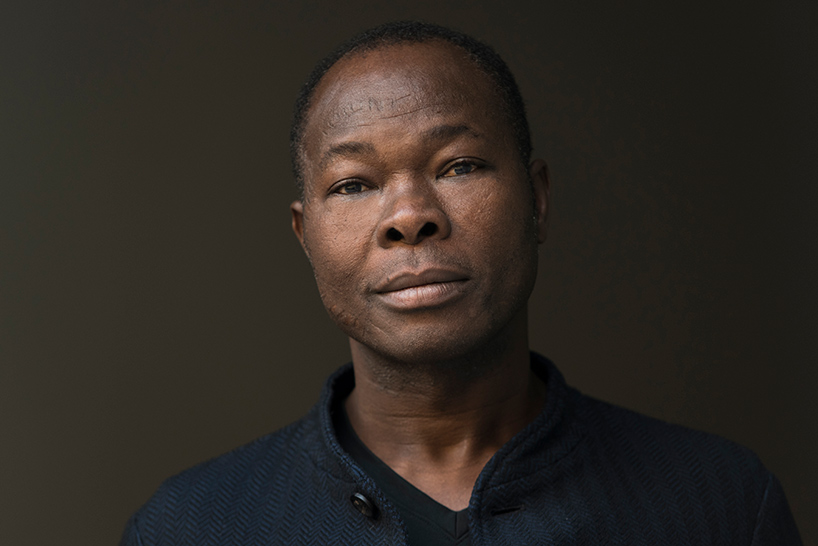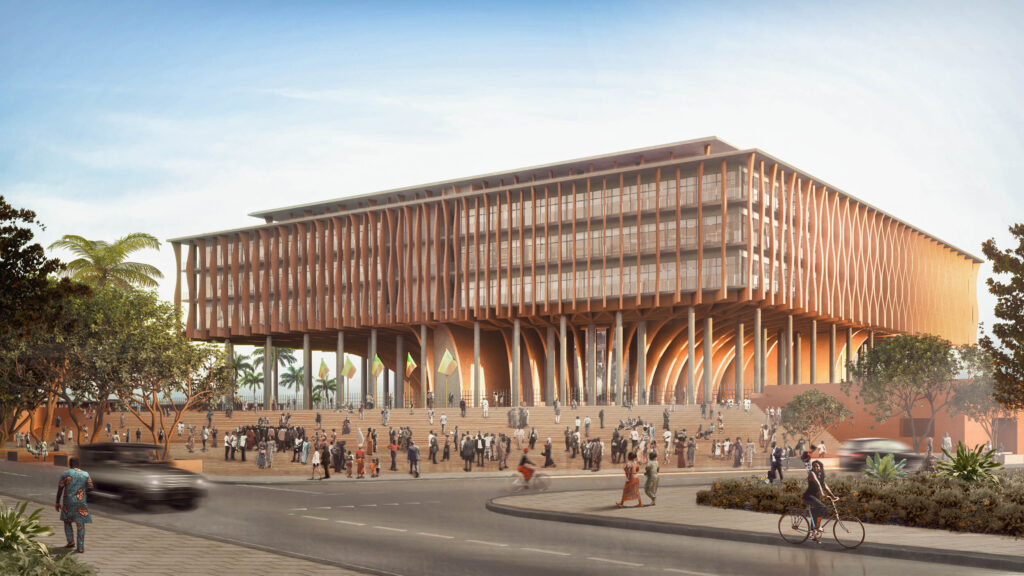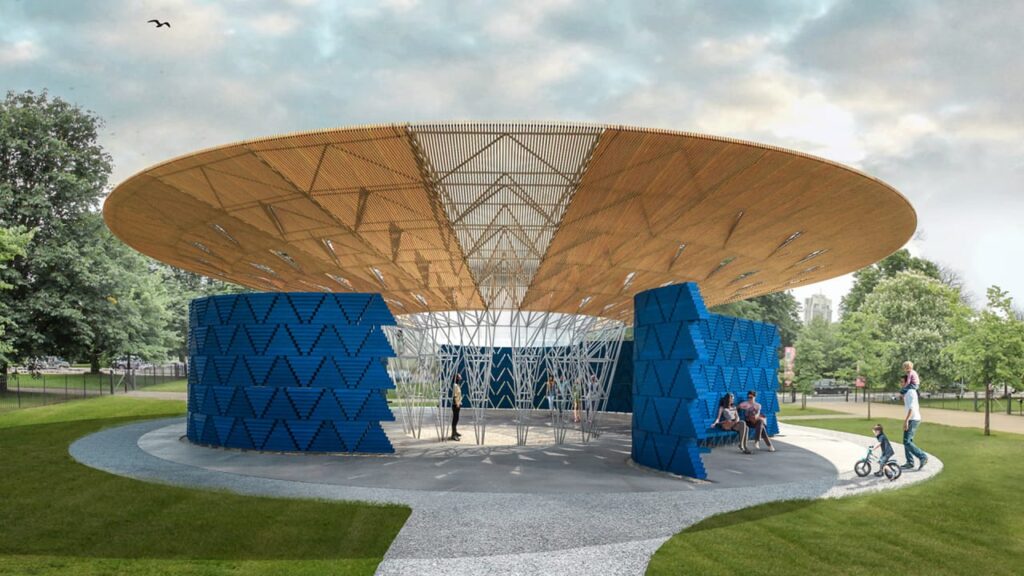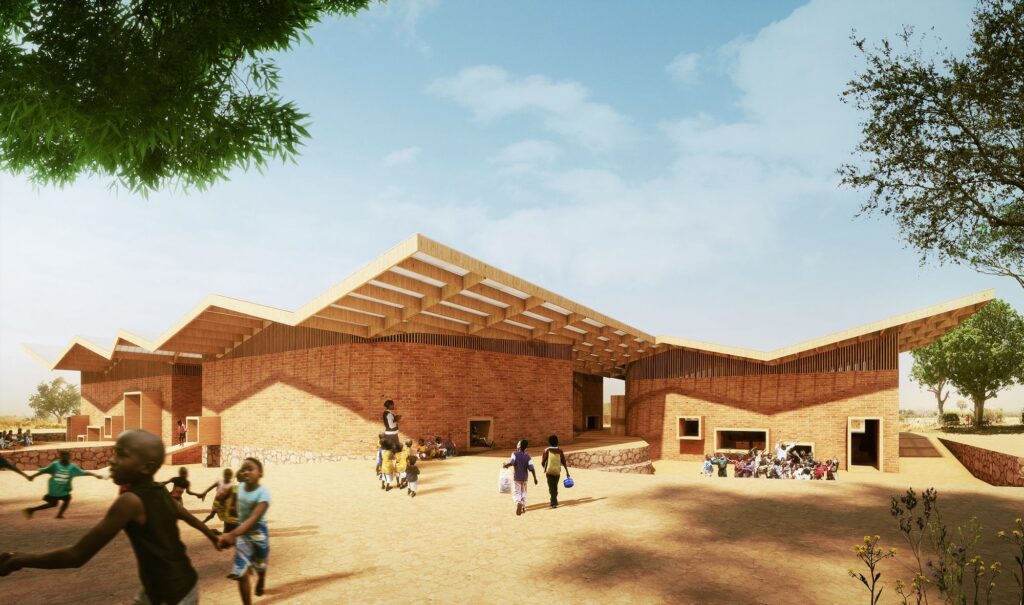The Life And Impact Of Francis Kéré: Pritzker Prize Laureate 2022

Francis Kéré is a renowned architect from Burkina Faso in West Africa. He is well-known for his creative designs that combine traditional construction techniques with modern materials and technology. Kéré work emphasizes the use of environmentally friendly materials as well as socially responsible design practices. He has received numerous architectural awards, including the Aga Khan Award for Architecture and the Global Holcim Award. Kéré was awarded the prestigious Pritzker Prize in 2022, which is considered the highest honor in the field of architecture. His accomplishments have elevated him to the forefront of contemporary architecture, and his work has influenced architects and designers all over the world.
Explanation Of The Pritzker Prize And Its Significance
The Pritzker Architecture Prize, also known as the Nobel Prize in Architecture, is an annual international award founded by the Pritzker family of Chicago in 1979. The prize is given to a living architect or architects whose work exemplifies talent, vision, and dedication to humanity and the built environment through architecture. The prize includes a cash award as well as a bronze medallion and is regarded as the highest honor in the field of architecture. A jury of leading architects, academics, and cultural figures selects the Pritzker Prize winners, and their work is recognized for its innovation, creativity, and impact on the field of architecture. The award ceremony is held annually in various cities around the world, and previous winners have included notable architects such as Frank Gehry, Zaha Hadid, and Rem Koolhaas. The Pritzker Prize is of great cultural and social significance because it recognizes the impact of architecture on society and architects’ role in shaping our built environment.
Summary
The goal of this blog post is to provide an overview of Francis Kéré’s life, work, and impact as the Pritzker Prize Laureate for 2022. Kéré’s architectural philosophy and style, notable achievements, and the social and cultural impact of his work will all be discussed in this post. In addition, the post will discuss the significance of the Pritzker Prize and its role in recognizing architects’ contributions to society. The goal of this post is to give readers a thorough understanding of Kéré’s work as well as the larger significance of contemporary architecture in shaping our world.

Francis Kéré’s Childhood and Career
Francis Kere was born in the small village of Gando, Burkina Faso, in 1965. He attended a primary school that was designed and built by his community using traditional building techniques when he was a child. Kéré was inspired by this experience and went on to study architecture at the Technical University of Berlin, where he graduated in 2004.
Kéré Architecture, based in Berlin and operating internationally, was founded by Kéré after completing his education. He has also taught at universities in Europe and the United States, including Harvard’s Graduate School of Design.
Kéré has dedicated his career to using his architectural skills to improve the lives of people in his home country of Burkina Faso and other parts of Africa. He has worked on a number of notable projects, including the Gando Primary School, which he designed with the local community, and the Burkina Faso National Assembly building. His work has received international acclaim and numerous awards, making him one of today’s most respected architects.

The Architectural Philosophy and Style of Francis Kéré
The architectural philosophy and style of Francis Kéré are distinguished by a strong emphasis on sustainability, community engagement, and the fusion of traditional building techniques with modern materials and technology. Kéré believes that architecture should be a collaborative process in which local communities design and build their own structures. He is known for combining natural materials such as mud and locally sourced wood with contemporary materials such as steel and glass.
Kéré’s designs are environmentally conscious, frequently incorporating passive cooling and heating systems, rainwater harvesting, and natural ventilation. He also aims to design buildings that reflect the local cultural and architectural heritage in order to create spaces that are culturally and socially relevant to their users.
Kéré’s architectural philosophy and style are influenced by his commitment to social responsibility and his belief that architecture can play a transformative role in improving people’s lives all over the world. His innovative approach has earned him numerous awards and recognition, elevating him to the status of one of the most influential architects of his generation.

Recent Projects and Awards by Kéré
Francis Kéré has continued to work on a variety of projects around the world in recent years, including several high-profile buildings and public spaces. Among his most notable recent projects are the Lycée Schorge Secondary School in Koudougou, Burkina Faso, and the Xylem Pavilion in Weil am Rhein, Germany.
In recent years, Kéré work has also received numerous awards and recognition. He received the Global LafargeHolcim Awards Gold for Sustainable Construction in 2017 for his design of the Secondary School in Burkina Faso, in addition to being named the Pritzker Prize Laureate for 2022.
Kéré’s dedication to social responsibility and sustainable design has earned him acclaim outside of the architectural world. In recognition of his efforts to promote sustainable development through architecture, he was named a UNESCO Artist for Peace in 2020.
Kéré’s recent projects and awards emphasize his innovative approach to architecture as well as his commitment to social and environmental sustainability. His work has influenced architects and designers all over the world, and he is still regarded as a key figure in contemporary architecture.
Conclusion
Francis Kéré is a well-known architect from Burkina Faso, West Africa, known for his innovative designs that combine traditional construction techniques with modern materials and technology. His architectural philosophy and style place a premium on sustainability, community engagement, and the integration of cultural heritage and contemporary design.
Kéré’s notable accomplishments include award-winning designs for the Gando Primary School and the Burkina Faso National Assembly building, as well as recent projects like the Lycée Schorge Secondary School and the Xylem Pavilion. For his contributions to architecture, he has received numerous awards and recognition, including the prestigious Pritzker Prize in 2022.
Kéré’s work has also had a significant social and cultural impact, especially in Africa, where he has influenced a new generation of architects and designers. His dedication to social responsibility and sustainable design has earned him acclaim both within and outside of the architectural field, and he continues to be a key figure in contemporary architecture today.
To develop your career path, we’d recommend your investing in skills in the following Iamthestudio courses:
